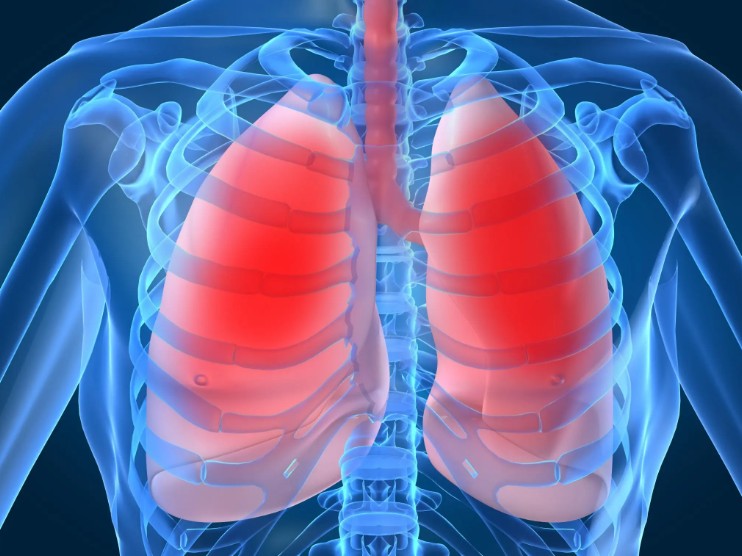A May 2025 study by international respiratory experts, based on data from about 30,000 men and women gathered throughout the 20th century, showed that lung function peaks in the early to mid-20s. Women’s lungs typically reach maximum capacity a few years earlier than men’s, before starting to decline.
According to Judith Garcia-Aymerich, a professor at the Barcelona Institute for Global Health in Spain and the study’s lead author, this appears to be a biologically programmed part of aging. Factors like smoking, air pollution, and outbreaks of diseases like asthma can worsen the decline.
 |
Illustrative photo: Reverse Health |
Illustrative photo: Reverse Health
However, Garcia-Aymerich noted that better lung capacity at peak age provides greater resilience against chronic respiratory illnesses and other lung-related health conditions later in life. While studies often use expensive equipment to measure lung health, a simple home test using a large plastic bottle, a bucket or tub, and a piece of plastic tubing can offer a basic assessment:
Video demonstrating how to test lung health at home. Video: BBC Bitesize
: First, measure 200 ml of water and pour it into the plastic bottle. Mark the water level with a pen.
: Add another 200 ml of water, mark the new level, and repeat until the bottle is full.
: Fill the bucket or tub with water, submerge the filled bottle, and turn it upside down.
: Holding the bottle underwater, insert one end of the tubing inside the bottle's neck.
: Take a deep breath and blow into the other end of the tubing.
: Count how many water level markings you can blow out of the bottle.
: Multiply the number of markings by 200 ml. For example, three markings equal 600 ml. This number represents the forced vital capacity (FVC).
John Dickinson, head of the physical respiratory clinic at the University of Kent, England, explained that this test measures the volume of air exhaled, known as forced vital capacity. The term was first used by British surgeon John Hutchinson in the 1840s, who observed that individuals who could only exhale a small amount of air tended to have shorter lifespans.
According to the American Lung Association, FVC can decrease by about 0.2 liters per decade, even in healthy non-smokers, due to aging. A normal, healthy FVC is 3-5 liters. Dickinson cautioned against excessive concern over lower results from this home test, as many people find it difficult to completely empty their lungs, potentially leading to falsely low readings.
Another home test Dickinson suggested involves assessing resting respiratory rate, which is the duration of exhalation before needing to inhale again. Take a deep breath and count how many seconds you can exhale slowly. You should be able to exhale slowly for at least 11 seconds.
Experts emphasize that these tests are for informational purposes only, not medical diagnoses. If you have concerns about your respiratory health, or experience symptoms such as shortness of breath, persistent cough, or chest tightness, consult a healthcare professional for a proper examination and tests like spirometry, performed by trained technicians and physicians. This is the most accurate way to comprehensively assess lung function.
Binh Minh (BBC)












